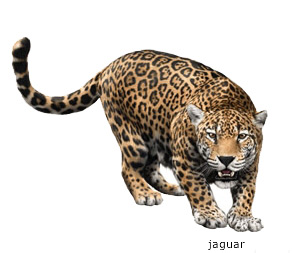
The fauna of South America's aquatic environments
South America is irrigated by large rivers, which include the Oronoque, the Paraná and the Amazon, a multitude of smaller rivers and abundant rains. The hydrographic basin of the Amazon River alone, the largest in the world, covers more than one-third of the continent. Piranhas, caimans and large anaconda snakes almost 8 m long are inhabitants of the aquatic environments of South America. Many dangers threaten these ecosystems, particularly mercury pollution. This is caused in large part by deforestation. The mercury content in the denuded soil is washed away by the rains and ends up in the rivers, where it poisons aquatic animals and those who eat them.
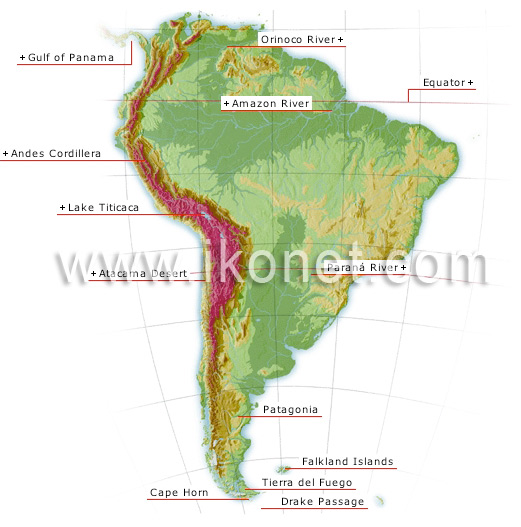
The Pantanal
During the rainy season, waters flood the immense Pantanal grassland, thus forming the largest wetland in the world and one of the richest in aquatic plants. The Pantanal covers a surface area of more than 140,000 km2, spread over three countries (Brazil, Bolivia, Paraguay). Numerous watercourses, including the Paraguay River, carry plant seeds from surrounding ecosystems and release them on this grassland. The rich mixture of plants creates an exceptional habitat for a multitude of animals: jaguars, pumas, monkeys, snakes, caimans, giant otters, giant rodents (capybaras), hundreds of bird and fish species, and more.
The Amazon water lily
The Amazon water lily (Victoria amazonica), the largest water lily in the world, grows in the calm waters of the Amazon River basin. Its leaves, which have raised edges, can measure 3 m in diameter and support the weight of a child (30 kg)!
The blacksmith tree frog
The blacksmith tree frog lives in the ponds and other aquatic environments of South America. The males construct circular basins out of silt that are like small, muddy swimming pools. Surrounded by a low, 10 cm wall, these basins measuring about 30 cm in diameter protect the eggs of the amphibian from predator fish. The croaking of the blacksmith tree frog is reminiscent of the sound of a hammer on a blacksmith’s anvil, which is how the frog gets its name.
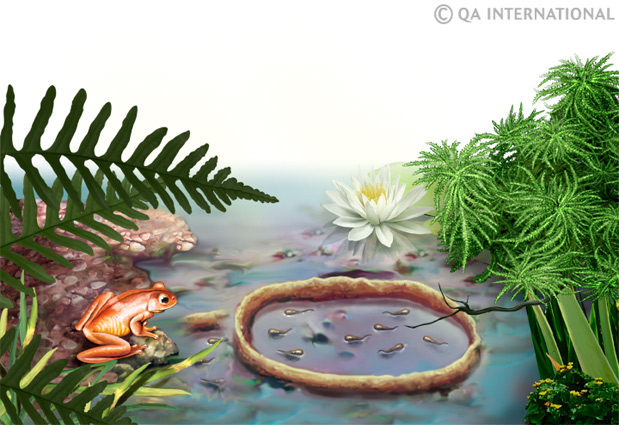
The electric eel
The electric eel lives in the Oronoque and Amazon river basins. In spite of its name, it does not belong to the same family as the eel. This fish measures up to 2.5 m long and can produce electric impulses that exceed 500 volts! They are used for defense, for immobilizing prey or, in low voltage, to guide the fish and help it communicate with its fellow creatures.
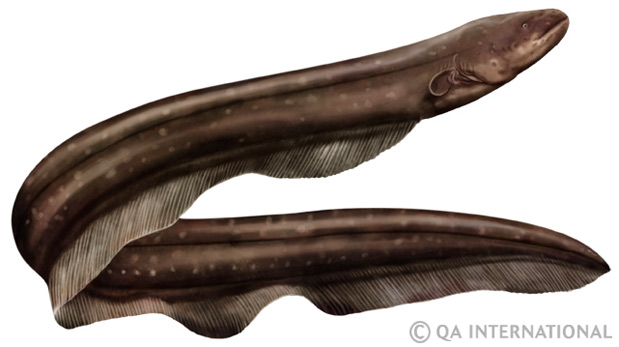
The caiman
A relative of the crocodile and the alligator, the caiman is a formidable predator. Adult caimans measure between 1 and 5 m long, depending on the species. All five caiman species live in the calm waters of Central and South America. This reptile can remain immobile for hours, with only its eyes and nostrils above the water. Lying in ambush this way, it watches for fish, reptiles and mammals, which it seizes in its powerful jaws.
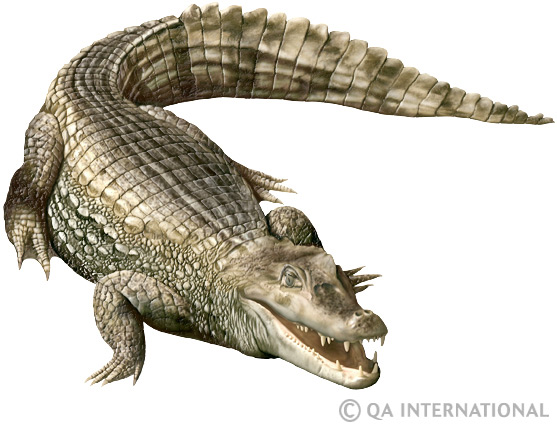
The piranha
More than 3,000 species of fish live in the Amazon River basin, including the notorious piranha. Although these fish have razor-sharp teeth and a reputation as ferocious meat eaters, most piranha species are omnivores and live on plants, insects and other fish. Contrary to popular myth, it is rare for schools of piranhas to attack animals that are larger than they are.
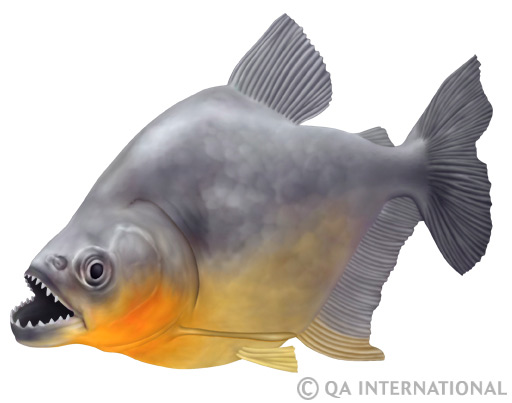
Also see

|
The "Animal Kingdom" section |
|---|---|

|
The fauna of aquatic environments of North America With a multitude of watercourses and many large lakes, North America has immense reserves of water. [...] |

|
Put it in its place: examples of marine mammals |




